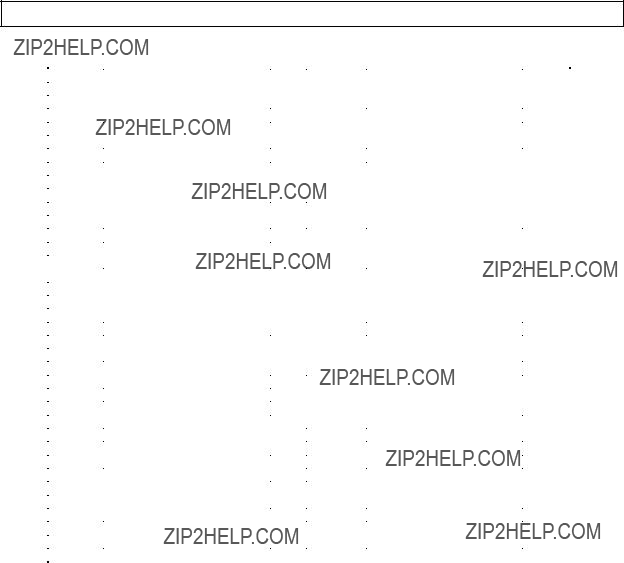4.To clean, wipe with a damp cloth, using a mild detergent. Never use solvents such as thinner, alcohol, trichloroethylene, etc. to clean the Air Compressor.
5.To replace the Motor Carbon Brushes: It may become necessary at sometime to replace or clean the two Carbon Brushes (68) when the Motor performance decreases, or stops working completely. The Carbon Brushes are located on each side of the Motor Cover (46). To replace the Carbon Brushes, remove the two Brush Holder Covers. Remove the Brush Caps. Then, remove the two the two Carbon Brushes from the two Brush Holders. If the Carbon Brushes are worn down more than 1/2, replace both Carbon Brushes. If, however, the Carbon Brushes are just dirty they may be cleaned by rubbing them with a pencil eraser. When installing the Carbon Brushes, make sure the carbon portion of the Carbon
Brushes contact the Motor??s Rotor and that the springs face away from the Motor.
Also, make sure the springs operate freely. After replacement or cleaning, replace the two Brush Holder Covers. NOTE: New Carbon Brushes tend to arc or spark when first used until they wear and conform to the Motor??s Rotor. (See Assy.
Diagram.)
6.To replace the Fuse: An indicator of a blown Fuse (28) is if its wire strand within is burnt in half. When replacing the Fuse, make sure to install a new 15 AMP Buss Fuse.
7.Always store the Air Compressor in a clean, dry, safe location out of reach of children and other unauthorized people.
8. CAUTION! All maintenance, service, or repairs not mentioned in this manual must only be performed by a qualified service technician.
CAUTION! All maintenance, service, or repairs not mentioned in this manual must only be performed by a qualified service technician.
PLEASE READ THE FOLLOWING CAREFULLY
THE MANUFACTURER AND/OR DISTRIBUTOR HAS PROVIDED THE PARTS LIST AND ASSEMBLY
DIAGRAM IN THIS MANUAL AS A REFERENCE TOOL ONLY. NEITHER THE MANUFACTURER OR
DISTRIBUTOR MAKES ANY REPRESENTATION OR WARRANTY OF ANY KIND TO THE BUYER THAT HE
OR SHE IS QUALIFIED TO REPLACE ANY PARTS OF THE PRODUCT. IN FACT, THE MANUFACTURER
AND/OR DISTRIBUTOR EXPRESSLY STATESTHAT ALL REPAIRS AND PARTS REPLACEMENTS SHOULD
BE UNDERTAKEN BY CERTIFIED AND LICENSED TECHNICIANS, AND NOT BYTHE BUYER. THE BUYER
ASSUMES ALL RISKS AND LIABILITY ARISING OUT OF HIS OR HER REPAIRS TO THE ORIGINAL
PRODUCT OR REPLACEMENT PARTS THERETO, OR ARISING OUT OF HIS OR HER INSTALLATION OF
REPLACEMENT PARTS THERETO.
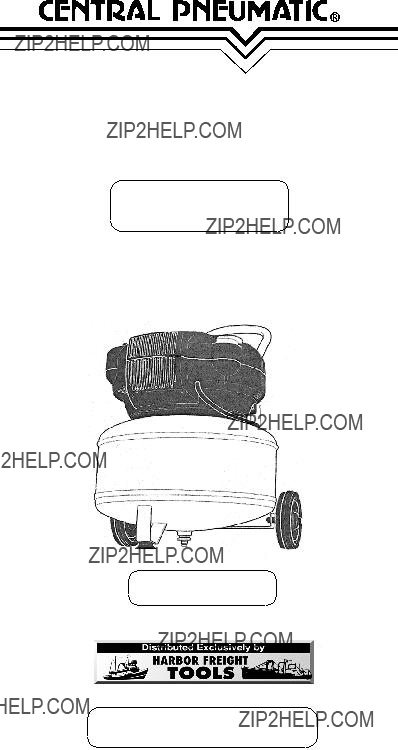
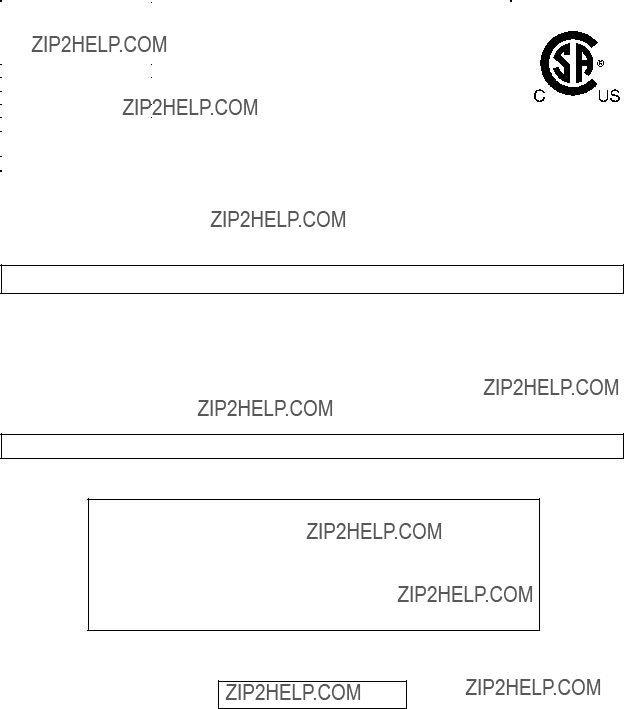
 WARNING!
WARNING!
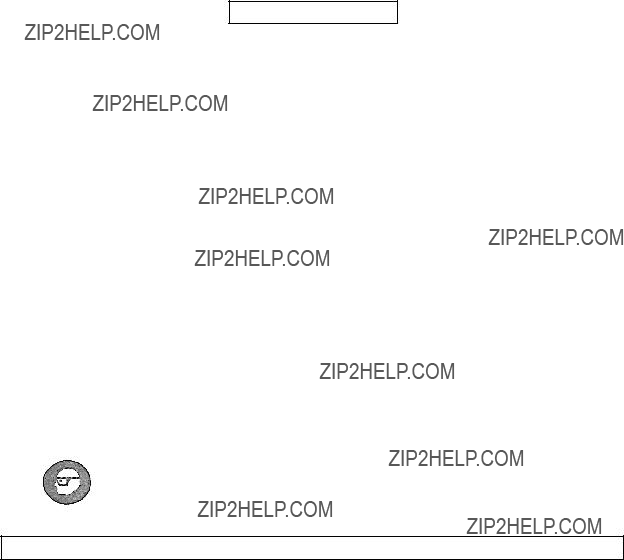






 WARNING!
WARNING!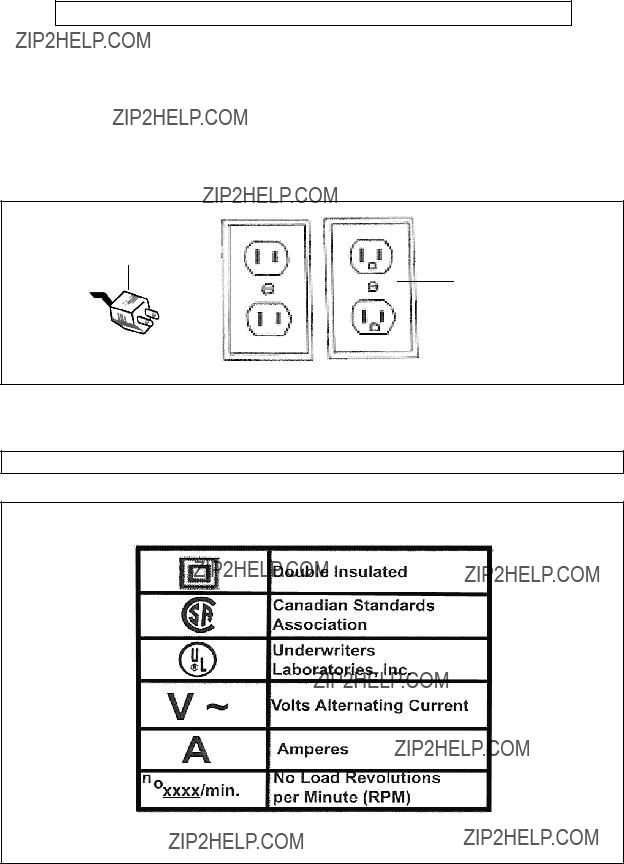


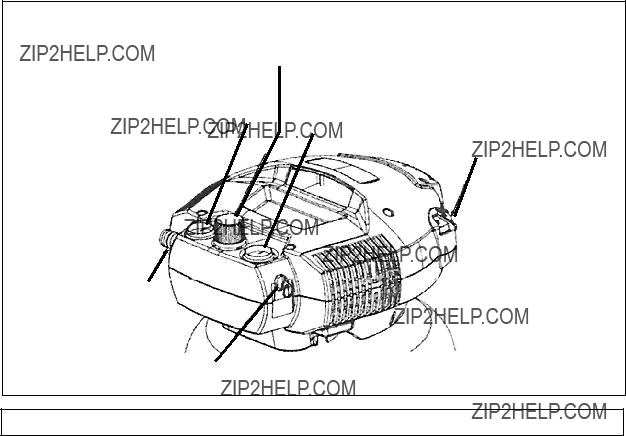





 CAUTION! All maintenance, service, or repairs not mentioned in this manual must only be performed by a qualified service technician.
CAUTION! All maintenance, service, or repairs not mentioned in this manual must only be performed by a qualified service technician.
